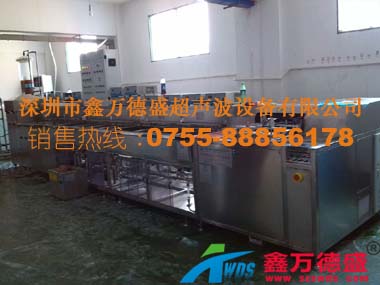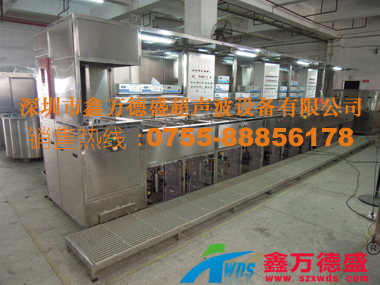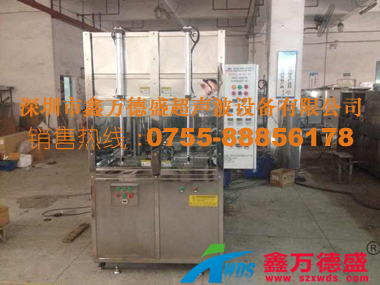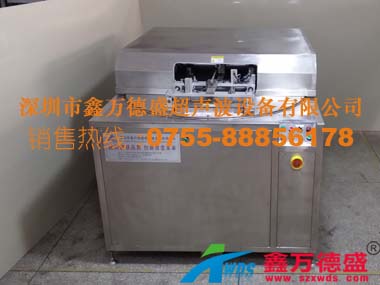What is ultrasound: Waves can be divided into three types: infrasound, sound, and ultrasound. The frequency of infrasound waves is below 20Hz; The frequency of sound waves is 20Hz~20kHz; The frequency of ultrasound is above 20kHz. The infrasound and ultrasonic waves are generally not audible to the human ear. Due to its high frequency and short wavelength, ultrasound has good directionality and strong penetration ability, which is why ultrasonic cleaning machines are designed and manufactured.
2. How ultrasonic waves complete cleaning work
Ultrasonic cleaning is the use of the socialization, acceleration, and direct inflow effects of ultrasound in liquids to directly and indirectly disperse, emulsify, and peel off the dirt layer, achieving the cleaning purpose. Currently, cavitation and direct inflow are more commonly used in ultrasonic cleaning machines.
(1) Cavitation effect: Cavitation effect refers to the high-frequency transformation of ultrasonic waves into liquids through the interaction of compression force and pressure reduction at a rate of more than 20000 times per second. During the pressure reduction process, a phenomenon of vacuum core bubbles is generated in the liquid. Under the compression force, the vacuum core bubbles generate a strong impact force when crushed by pressure, thereby peeling off the dirt on the surface of the cleaned object and achieving precision cleaning.
During the ultrasonic cleaning process, the visible bubbles are not vacuum core bubbles, but air bubbles that inhibit cavitation and reduce cleaning efficiency. Only when the air bubbles in the liquid are completely removed can the vacuum core group bubbles of cavitation achieve optimal results.
(2) Direct inflow effect: The phenomenon of ultrasonic waves flowing along the direction of sound propagation in a liquid is called direct inflow. When the sound wave intensity is 0.5W/cm2, the naked eye can see a straight inflow, generating flow perpendicular to the vibrating surface, with a flow velocity of about 10cm/s. Through this direct inflow, the micro oil and dirt on the surface of the cleaned object are stirred, and the cleaning solution on the dirt surface also generates convection. The solution that dissolves the dirt mixes with the new solution, accelerating the dissolution rate and playing a significant role in the transportation of the dirt.
(3) Acceleration: The acceleration generated by the propulsion of liquid particles. For high-frequency ultrasonic cleaning machines, the cavitation effect is not significant. At this time, the cleaning mainly relies on the acceleration of liquid particles under ultrasonic action to collide with particles for ultra precision cleaning of dirt.
3. The composition of ultrasonic cleaning machine: The ultrasonic cleaning machine mainly consists of two parts: an ultrasonic cleaning tank and an ultrasonic generator. The ultrasonic cleaning tank is made of high-quality stainless steel with strong elasticity and corrosion resistance, and is equipped with an ultrasonic transducer oscillator at the bottom; The ultrasonic generator generates high-frequency and high voltage, which is transmitted to the transducer through the cable connection line. The transducer and the vibrating plate generate high-frequency resonance, so that the solvent in the cleaning tank is cleaned by ultrasonic waves to remove dirt.
Disclaimer:The authenticity of this information has not been verified by our website and is for your reference only. The purpose is to convey more information; If there is any error, error, or infringement, please contact us via email( chinavta@szxwds.com )We would greatly appreciate it if you could promptly notify us of the error, error, or infringement, and we will promptly make corrections or deletions.





